Introduction
If you’re a beginner, this guide can be helpful as this guide contains all things related to swimming, the do’s and don’ts, and whatnot. We will provide you with the fundamental knowledge and self-assurance needed to begin swimming without any issues. We’ll tell you all about the proper equipment and help you develop skills vital for enjoying the water. Hope you have your goggles and swimsuits ready cause we’re about to dive into the world of swimming.
We here at Revive Leisure Park have the facilities for an indoor swimming pool containing salt water. Unlike other swimming pools with chlorine, We have sought that swimming should be done in a clean and natural pool of water. We also have Personal training services for children as well as adults.
Now, How does swimming work?
Swimming can be a really complicated process for beginners, It involves many things happening at once. When the body enters the pool of water, it experiences buoyancy, which means that the water exerts an upward force. Buoyancy helps your body float and makes it possible for you to swim. The body also needs to be in the proper position as it is essential for efficient swimming.
Proper body position is essential for efficient swimming. To maintain streamlined and hydrodynamic shape, you should keep your body horizontal in the water. Your head should be in line with your spine, and your hips and legs should stay near the surface.
Do’s and Don’ts of swimming
i. Don’t swim alone.
ii. Don’t have a big meal before swimming.
iii. Don’t overdo it.
iv. Do stay hydrated.
v. Do warmup well.
vi. Do use the proper technique (that we discussed above).
Basics techniques for swimming and how to perform them?
The best way to learn swimming is to take lessons. But the basic things taught in most of the lessons remain the same. Some of the basic techniques for swimming are discussed below:
1. Get comfortable around water
The fear of drowning is the top reason why everyone is so afraid of getting inside the pool. The case of drowning is very rare if we follow some basic safety measures like:
i. Not swimming alone.
ii. Don’t start on the moving water.
iii. Staying within the depth you can handle.
iv. Get comfortable around water.
2. Get used to floating
The journey of swimming starts with learning how to float. There are two types of floating techniques, one is on your stomach and the other on your back. You should get comfortable with both of the floating techniques. Some of the tips on how to float are listed below:
i. Hold on to the sidebar of the pool and let your legs float out behind you.
ii. After you are comfortable floating on your back, apply the same method while looking at the sky. You are now able to float on your back too.
iii. Get comfortable around water.
3. Practice kicking your legs
You can practice kicking your legs while you are floating. By kicking your legs, you can feel that you are moving forward. Some of the things to remember while kicking your feet are given below:
i. Point your toes out like a ballerina.
ii. Keep your legs straight.
iii. Alternate your legs as you make small kicks.
Safety tips
Nothing uncertain will happen if you follow the safety tips that we are going to share with everyone:
i. Look for and follow the signs on the pool.
ii. Walk, do not run.
iii. Be careful getting in and out of the pool.
iv. Look before you leap or dive in.
v. Stay within your abilities.
Pace and Distance
The pace of your swimming should be as low as possible when you are just starting out swimming. You should try aiming to travel a small distance while keeping your pace slow yet organized.
Different types of swimming:
- Freestyle/Front Crawl
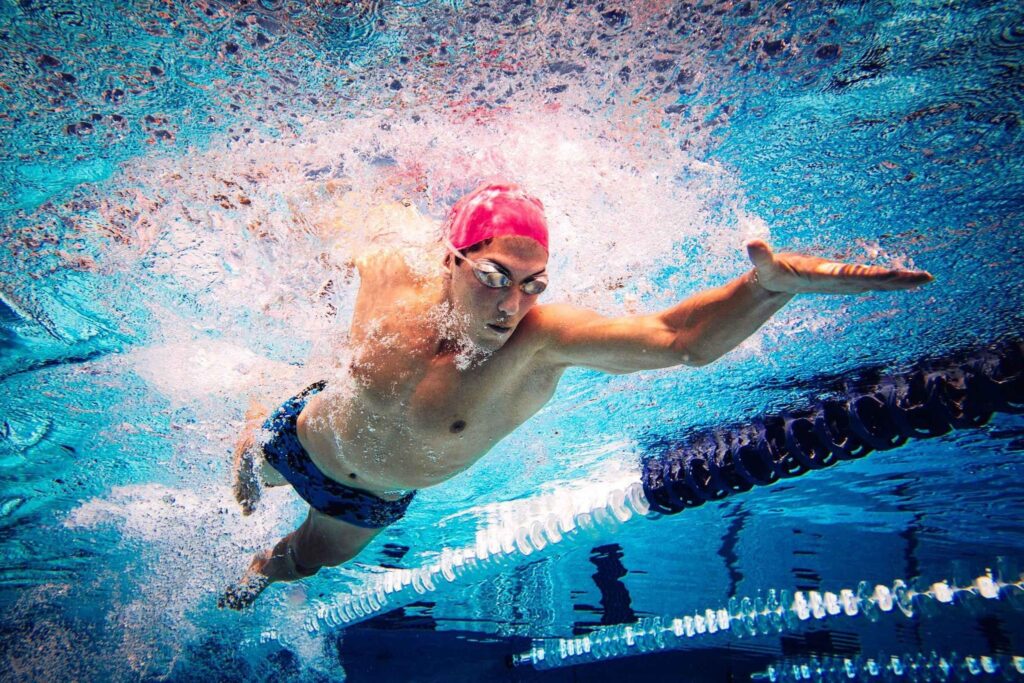
Freestyle was traditionally a race in which the competitors were allowed to swim whichever way they wanted. Later the front crawl became the dominant way to freestyle. Freestyle involves alternating arms that make windmill arc motion forward while the head is underwater, and the swimmer breathes at the side.
2. Backstroke
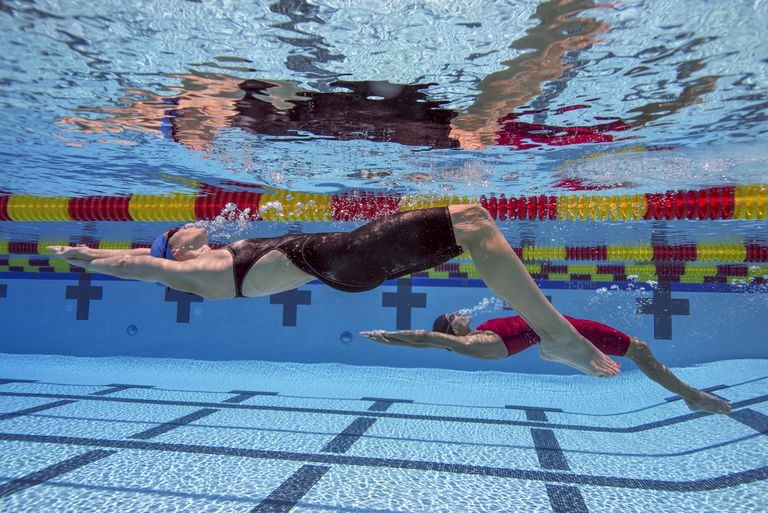
As the name suggests the backstroke swimming technique, involves you swimming on your back. The arm makes a backward windmill arc motion while you kick your legs to move forward (or in this case backward).
3. Breaststroke
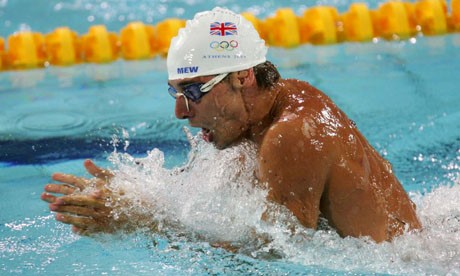
Breaststroke swimming includes three motions which make it a great overall body exercise. First, you kick your legs behind you, after you glide forward a little bit and finally, you pull yourself forward with both your arms.
4. Sidestroke
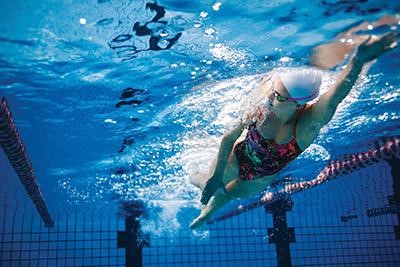
The sidestroke swimming is named so because the swimmer lies on one side with asymmetric arm and leg motion. This technique uses arms and legs simultaneously but differently. It increases the swimmer’s endurance, hence it is used for long-distance swimming.
5. Butterfly

The butterfly technique is swum on the chest, with both arms moving symmetrically, followed by the butterfly kicks. Butterfly is a little more difficult stoke that needs good techniques as well as strong muscles.
6. Elementary backstroke
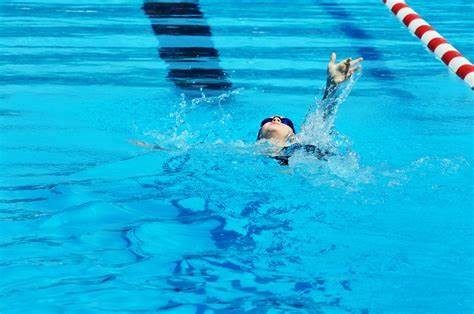
To perform elementary backstroke the swimmer floats on their back with their arms and legs at their side, draws their knees up towards their chest, and kicks their legs out and apart before quickly squeezing them together.
7. Combat side stroke
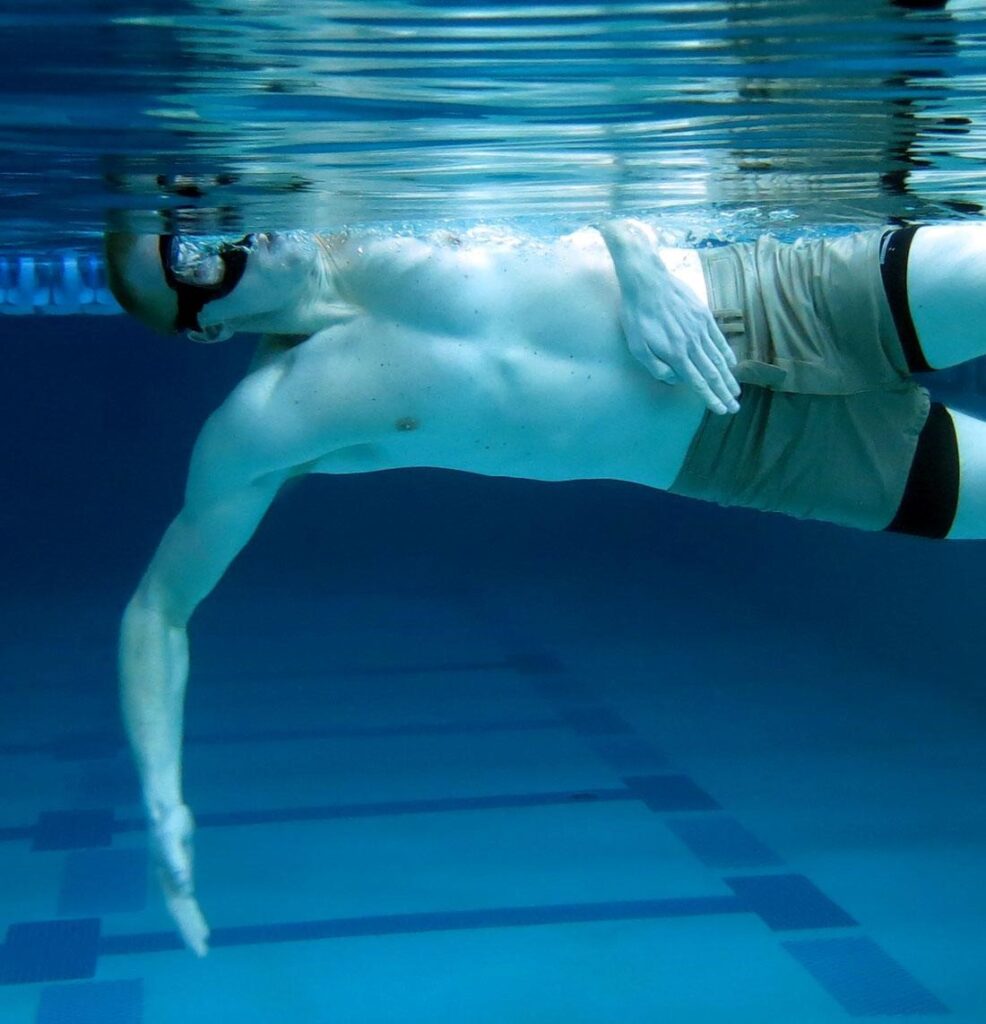
The combat side stroke is a variation of the traditional side stroke that was developed and taught by the United States Navy SEALs. It is a mix of side stroke, front crawl, and breaststroke.
8. Trudgen
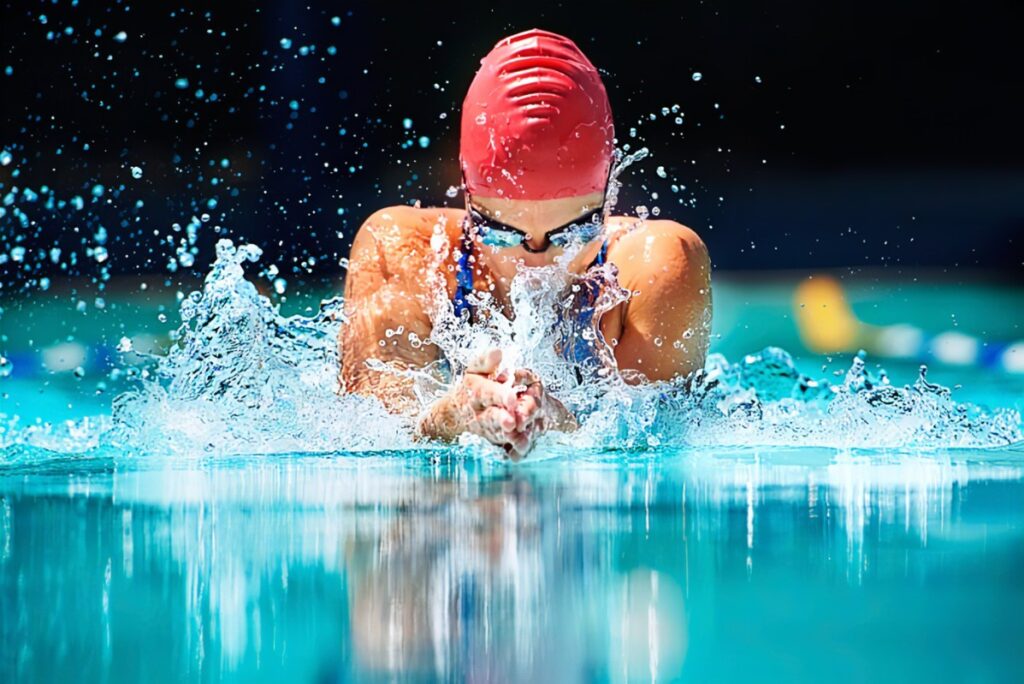
The trudgen stroke is named after the English swimmer John Trudgen. Trudgen evolved out of the side stroke.
Conclusion
These are some of the things that are useful for beginners to lose their fear of water and start swimming. Read through the passage and start on a new journey of swimming.


Add comment